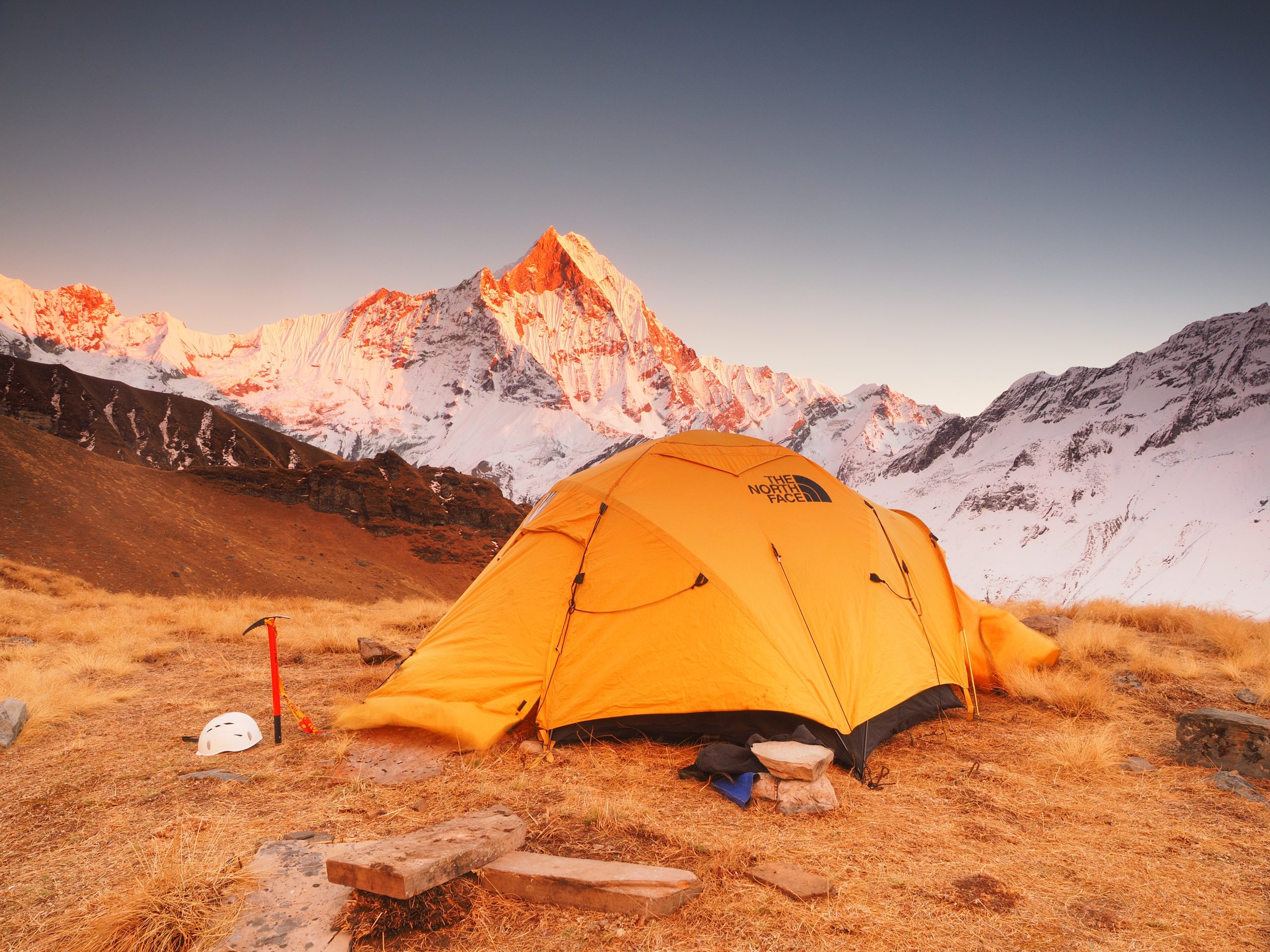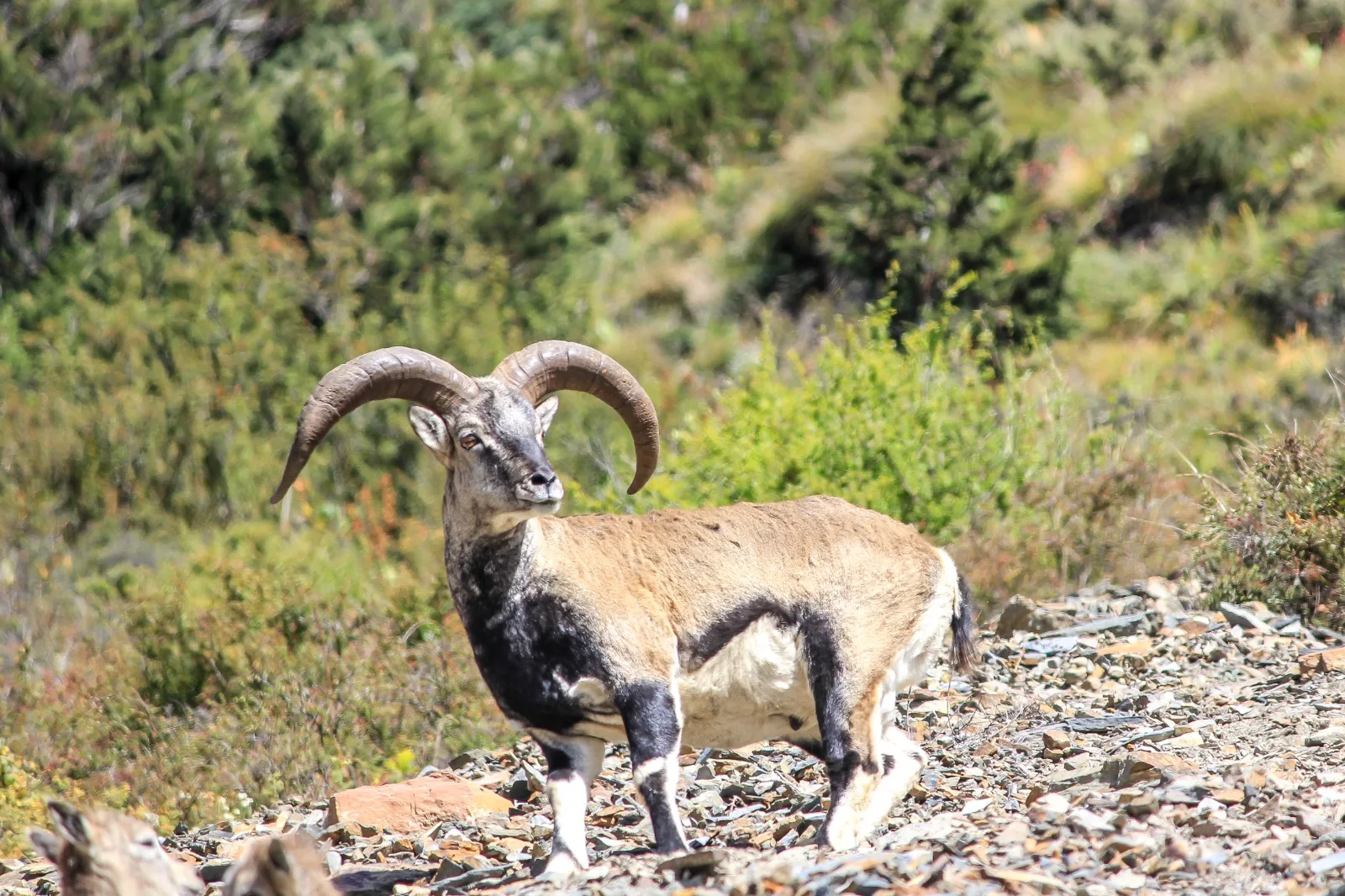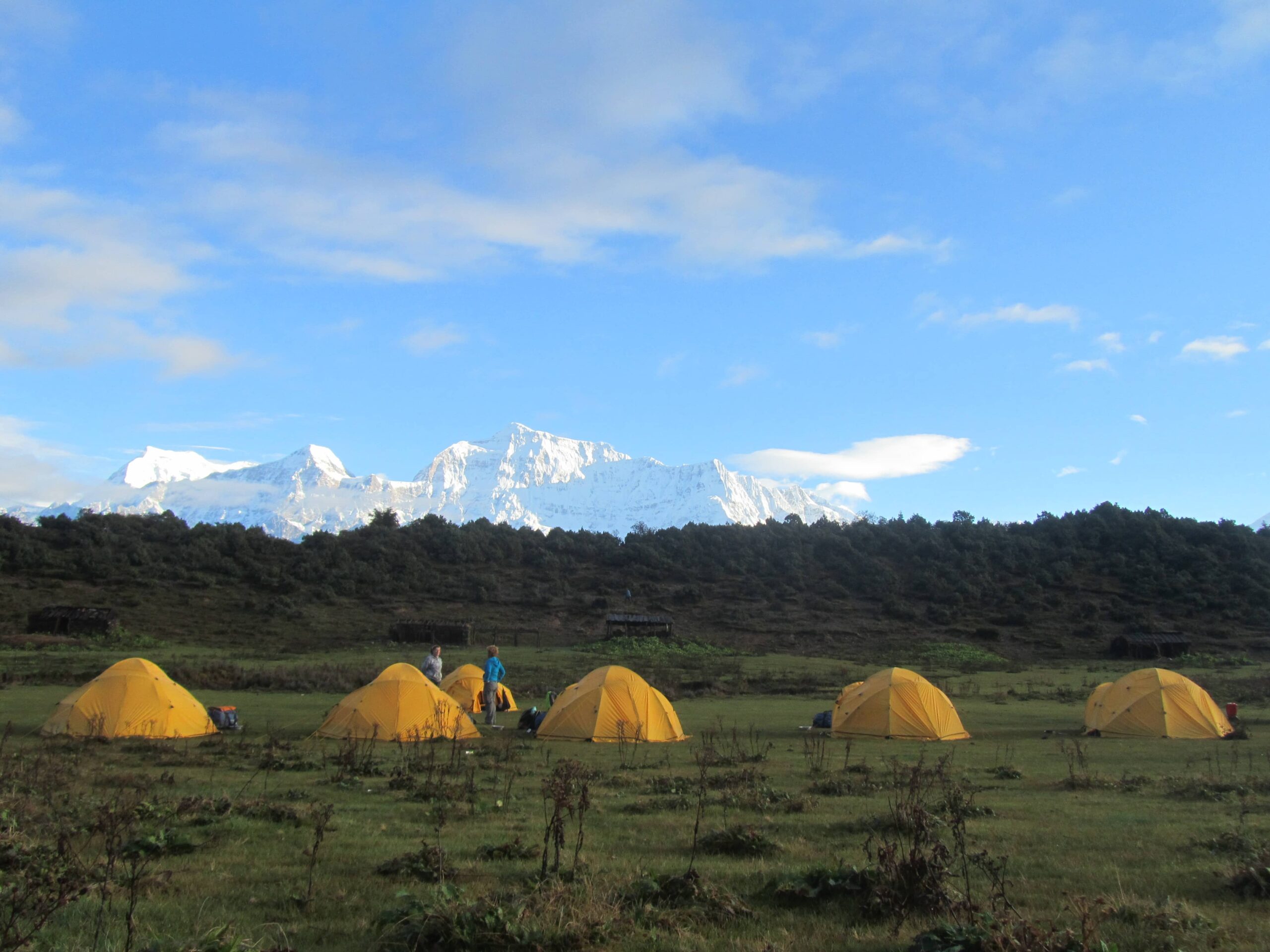Overview
When it comes to trekking and climbing experiences in Nepal, Access the Asia Treks is an outstanding display of professionalism and dependability. Of all our prestigious offers, the trek to Tent Peak (also called Tharpu Chuli) is one of the best for thrill-seekers.
In Nepal, the Annapurna Conservation is home to Tent Peak, often referred to as Tharpu Chuli, which rises majestically. This magnificent peak, standing at 5,663 meters (18,575 feet) high, provides an exciting yet accessible climbing experience, making it a great option for both expert and beginner climbers looking for a thrilling Himalayan adventure.
Climbers are rewarded with breath-taking panoramic views from Tent Peak, which is located in the Annapurna region. Magnificent views of surrounding mountains, including Machhapuchhre (Fishtail), Hiunchuli, Annapurna I, and Annapurna South, are revealed throughout the ascent.
Usually, the adventure starts in Kathmandu, where participants get an itinerary briefing before heading to the starting location of the trip. Climbers travel through famous locations like Ghorepani and Machhapuchhre Base Camp, which provide breathtaking views and immersive cultural experiences. They trek through charming villages, luscious woods, and a variety of topography.
Enough time to acclimate throughout the hike is essential. Rest days are typically incorporated into the schedule at crucial points to aid with the body’s altitude adjustment. We carefully plan trips that strike a mix between adventure, acclimation, and cultural immersion. The Tent Peak adventure follows an ideal itinerary that lets climbers enjoy the varied scenery and cultural landmarks along the way, while also enabling them to adjust to ever-higher elevations.
Immersion in the rich culture of the nearby Gurung and Magar cultures is made possible by the walk up Tent Peak. Trekkers travel through charming communities where they are greeted with kind smiles and get a taste of their distinct customs and way of life.
Considering its moderate challenging, Tent Peak is best suited for climbers with a basic knowledge of mountaineering. Regardless to the altitude, it still requires an adequate level of physical fitness and adjustment.
Climbers’ attention turns to the technical challenges of climbing as they get closer to Tent Peak Base Camp. Participants get instruction on basic mountaineering skills, such as the usage of climbing equipment and tactics required for the ascent, under the supervision of our experienced Sherpa guides.
With enthusiasm and anticipation, summit day begins. Early in the morning, climbers start their ascent through fields of snow and ice, utilizing fixed ropes and their newly acquired skills. Attaining the summit signifies the pinnacle of the journey, bestowing upon climbers breathtaking vistas and an immense feeling of accomplishment.
Access the Asia Treks provides you the meticulously designed Tent Peak Climbing itinerary with commendable history of high success rate. Climbing Tent Peak in Nepal surpasses the ordinary adventure. It’s an absolute combination of physical challenge, cultural exploration, and natural splendor that leaves an indelible mark on every adventurer. The unique blend of accessibility, cultural immersion, and stunning vistas makes conquering Tent Peak an unforgettable experience in the heart of the Himalayas.
TRIP HIGHLIGHTS
Explore the Tent Peak summit, take in expansive views of Annapurna I, Annapurna South, Hiunchuli, Machhapuchhre (Fishtail), and surrounding peaks.
Trek through the Gurung and Magar communities to encounter friendly locals and lively customs.
Explore the sacred Annapurna Sanctuary, which is encircled by breathtaking Himalayan scenery.
Experience varied natural splendor as you hike through alpine slopes, rhododendron forests, and terraced farmland.
Visit Ghorepani for panoramic views from Poon Hill and Machhapuchhre Base Camp (MBC) en route to Tent Peak Base Camp.
Enjoy a moderately challenging climb suitable for both beginner and intermediate climbers, providing an exciting yet manageable ascent.
Experience a blend of physical challenge, cultural immersion, and unparalleled natural beauty in the heart of the Himalayas.















